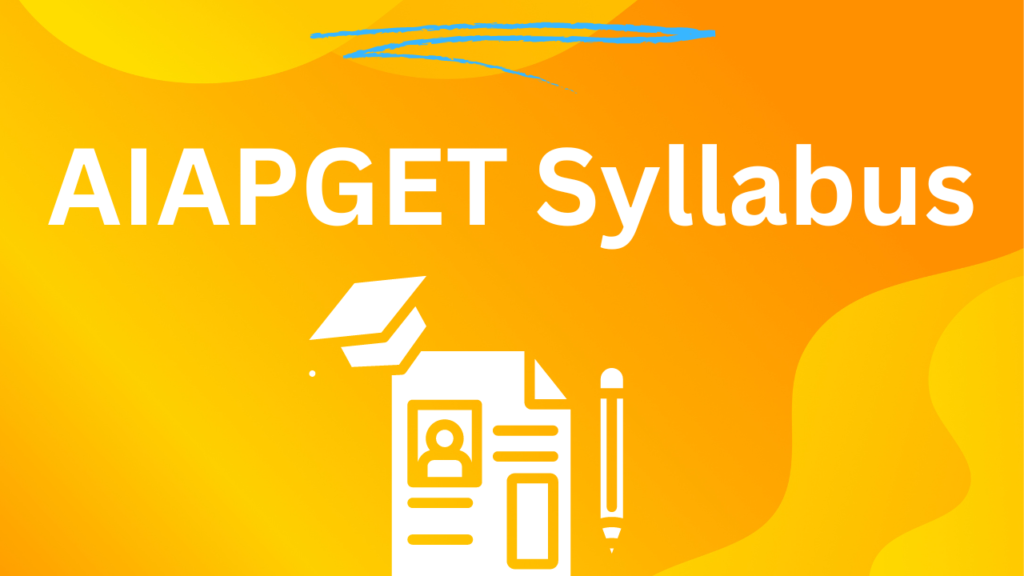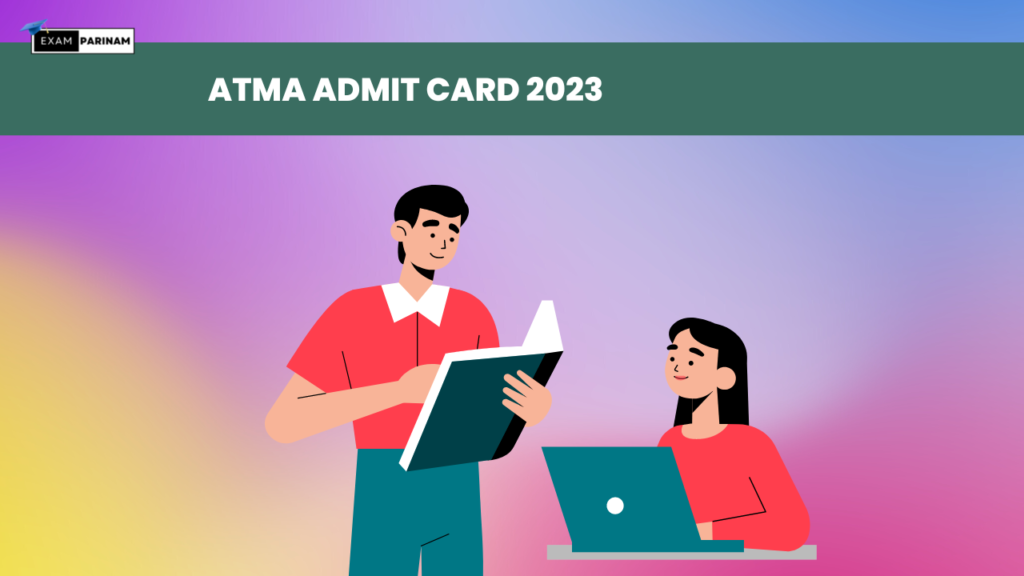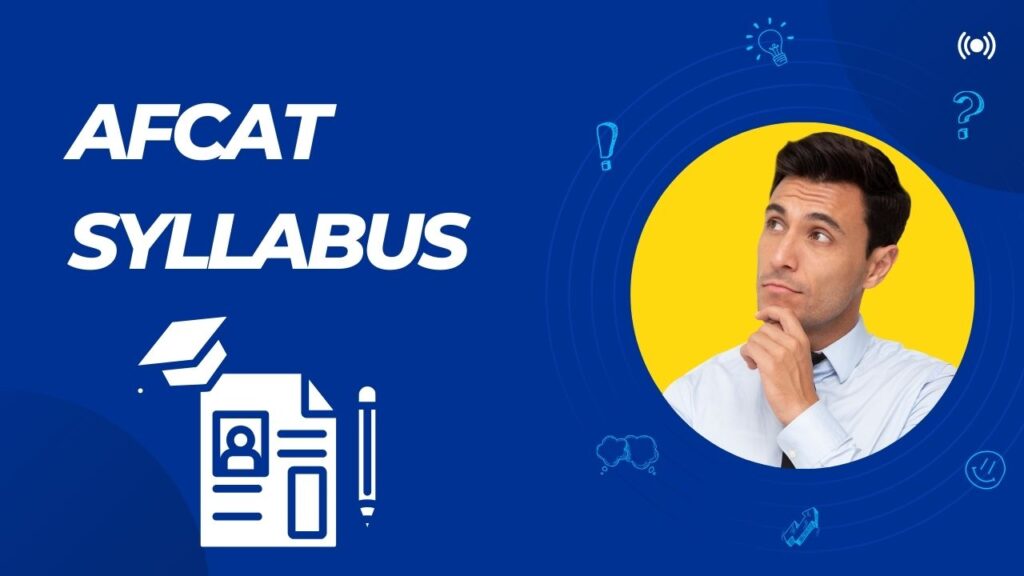AIAPGET Syllabus
The AIAPGET (All India Ayush Post Graduate Entrance Test) is crucial for Ayurveda, Yoga, Naturopathy, Unani, Siddha, and Homoeopathy professionals. Aspirants must comprehend the material since the test opens doors to post-graduate studies in these traditional medical systems. This complete book covers the whole AIAPGET course, giving insights and strategies to help you ace the test.
Detailed Syllabus for Ayurveda
1. Anatomy and Physiology
Anatomy and physiology are important parts of the Ayurvedic curriculum because they help us understand health from an Ayurvedic point of view. Important topics are:
- Ayurvedic Anatomy: Structure and functions of body systems.
- Ayurvedic Physiology: Doshas, Dhatus, and Malas.
- Physiological Functions: Normal physiological processes and their imbalances.
2. Pathology and Microbiology
Pathology and Microbiology in Ayurveda include:
- Disease Classification: Understanding Ayurvedic classification of diseases.
- Pathogenic Microorganisms: Role of bacteria, viruses, and parasites in diseases.
- Disease Diagnosis: Ayurvedic diagnostic methods including Ashtavidha Pariksha (eight-fold examination).
3. Pharmacology
Ayurvedic Pharmacology covers:
- Drug Classification: Different types of Ayurvedic drugs and their properties.
- Pharmacokinetics: Absorption, distribution, metabolism, and excretion of Ayurvedic drugs.
- Formulations: Understanding various formulations like Churna, Kwath, and Asava.
4. Clinical Practice
Clinical practice in Ayurveda involves:
- Diagnostic Procedures: Methods for diagnosing diseases and assessing health.
- Treatment Protocols: Ayurvedic treatment plans for various diseases.
- Case Studies: Practical application of Ayurvedic knowledge in patient care.
Detailed Syllabus for Homeopathy
1. Homeopathic Philosophy
Key areas include:
- Principles of Homeopathy: Understanding the fundamental principles such as “like cures like.”
- Law of Similars: Application of this law in homeopathic treatment.
- Vital Force: Concept and significance in maintaining health.
2. Materia Medica
Matera Medica topics are:
- Homeopathic Remedies: Detailed study of different homeopathic remedies.
- Repertory: Usage of Repertory to find appropriate remedies.
- Pharmacodynamics: Understanding how homeopathic medicines act on the body.
3. Organon of Medicine
This section includes:
- Homeopathic Therapeutics: Methods of treatment and their applications.
- Case Taking and Analysis: Techniques for taking and analyzing patient cases.
- Therapeutic Repertory: Use of therapeutic repertories in patient care.
4. Clinical Practice
Clinical practice in Homeopathy covers:
- Patient Management: Strategies for managing patient cases.
- Treatment Plans: Developing and implementing effective treatment plans.
- Clinical Examination: Techniques for examining patients and interpreting symptoms.
Detailed Syllabus for Siddha
1. Siddha Philosophy
Focus areas include:
- Fundamental Principles: Basic principles of Siddha medicine.
- Siddha Concepts: Understanding of concepts like the three humors (Vatha, Pitha, and Kapha).
- Health and Disease: Concepts of health and disease in Siddha medicine.
2. Siddha Pharmacology
Key topics are:
- Medicinal Plants: Study of plants used in Siddha medicine.
- Preparation of Medicines: Methods of preparing Siddha medicines.
- Pharmacokinetics and Dynamics: Understanding how Siddha medicines affect the body.
3. Clinical Practice
Clinical practice includes:
- Diagnostic Methods: Siddha diagnostic techniques.
- Treatment Protocols: Treatment methodologies for various conditions.
- Case Studies: Practical application of Siddha principles in treating patients.
Detailed Syllabus for Unani
1. Unani Philosophy
Focus areas include:
- Theoretical Foundations: Principles of Unani medicine.
- Four Humors: Understanding the role of blood, phlegm, yellow bile, and black bile.
- Health and Disease Concepts: Unani perspective on health and disease.
2. Unani Pharmacology
Key areas are:
- Herbal Medicine: Study of medicinal herbs used in Unani.
- Formulation Methods: Preparation of Unani medicines.
- Pharmacological Actions: Understanding the actions of Unani drugs.
3. Clinical Practice
Clinical practice in Unani involves:
- Diagnostic Procedures: Methods for diagnosing diseases in Unani.
- Treatment Plans: Developing and implementing Unani treatment strategies.
- Patient Care: Techniques for effective patient management.
Detailed Syllabus for Naturopathy and Yoga
1. Naturopathy
Key components include:
- Principles of Naturopathy: Fundamental principles of naturopathic medicine.
- Therapeutic Techniques: Techniques like hydrotherapy, detoxification, and dietary management.
- Disease Management: Naturopathic approaches to managing diseases.
2. Yoga
Focus areas are:
- Yoga Philosophy: Understanding the philosophical foundations of Yoga.
- Asanas and Pranayama: Study of yoga postures and breathing techniques.
- Therapeutic Yoga: Application of Yoga techniques for therapeutic purposes.
Conclusion
The AIAPGET curriculum covers a lot of different areas within the AYUSH programs. To master this course, you must work hard at studying and really understand each topic. To improve their chances of passing the AIAPGET, candidates can organise their study by breaking the material into detailed parts and focussing on the most important topics.









